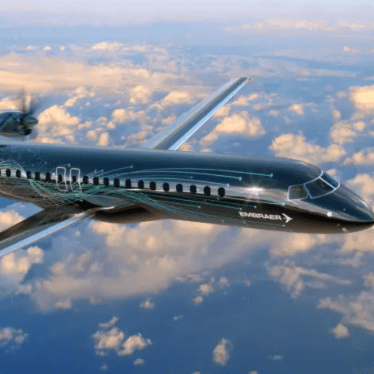- Why the engines are at the back of the aircraft
- A statement from the VP of Marketing for Embraer

It’s been more than a month since Embraer released its latest iteration of its highly anticipated new turboprop product. Set to be officially launched at some point next year, with a targeted entry into service date of 2027, the latest renderings of the aircraft had some curious alterations over previous illustrations.
the engines have moved from their expected position under the wings to be situated either side of the aircraft’s rear fuselage. This was clearly a deliberate decision by the design team working on this project, but why? Simple Flying caught up with Embraer’s Vice President of Marketing and Strategy, Rodrigo Silva e Souza, to uncover the reasons behind this design choice.
Embraer is taking the fuselage of the popular E-Jet as the foundation for the turboprop. This means it will instantly embrace everything good about the regional jets, from the 2-2 layout and generous personal space to the larger, accommodating overhead bins.
“We realized that if we put the engines at the back, we would reduce the noise significantly. In fact, the noise levels that we get in our simulations are basically the same that we have in our jets today.” Rodrigo explained.


